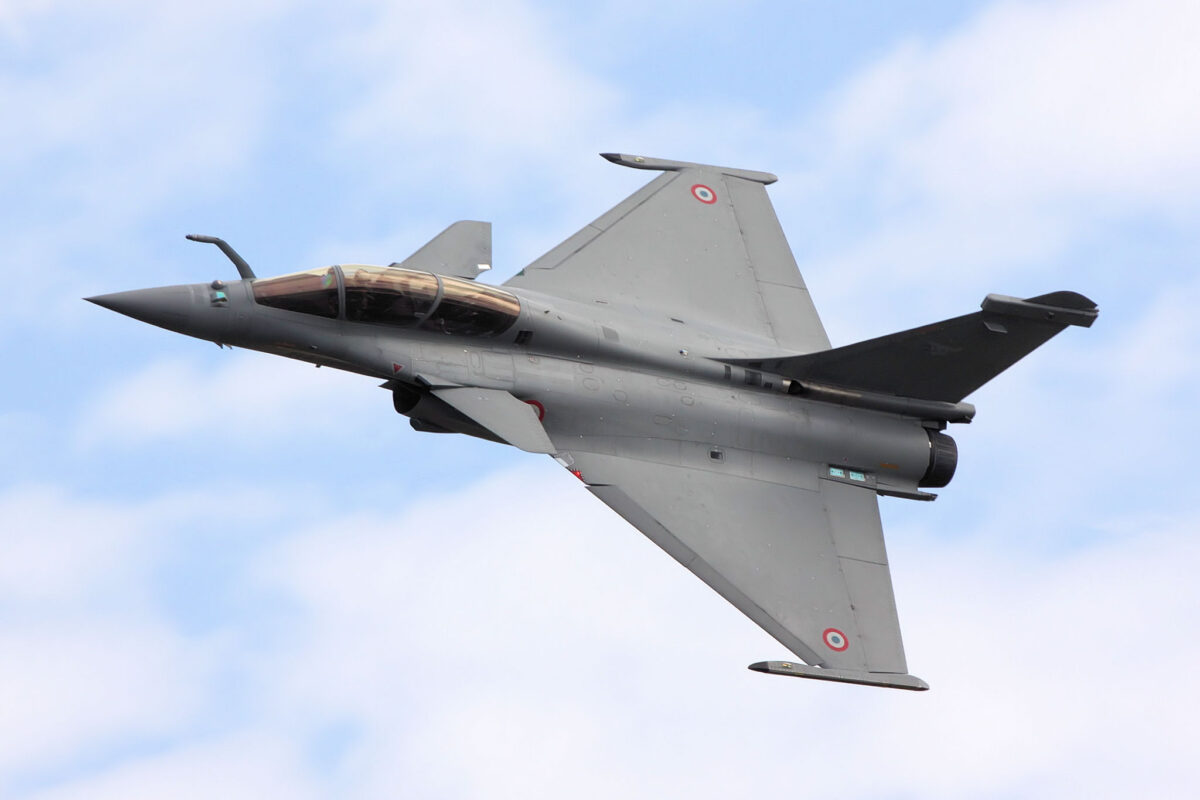Electric vehicle maker Ather Energy has cut the size of its planned IPO by a fourth—from ₹4,000 crore earlier to ₹3,000 crore—according to merchant bankers familiar with the development. However, the company is going ahead with its maiden offering in May, delayed by a month from its original timeline.
The move is significant at a time when several other companies are reconsidering or indefinitely postponing their IPO plans amid sharp stock market corrections and uncertainty on the bourses, triggered by global crises following Donald Trump’s imposition of high tariffs. Ather, however, has decided to take the plunge.
The company is expected to file its final red herring prospectus with the revised numbers to Sebi next week, after which it will likely receive the regulator’s approval. An Ather spokesperson declined to comment on the matter.
Merchant bankers said the valuation of the IPO has also been reduced from a post money valuation of $1.6 billion by 10 per cent.
No new IPOs have hit the market in either March or April so far, owing to global volatility. In contrast, February saw six IPOs collectively raise over ₹4,845 crore.
Several companies have been preparing to tap the markets, but are currently on hold. These include LG Electronics’ planned ₹15,000 crore issue, shared workspace provider Smartworks, Brigade Hotel Ventures, IndiQube, and IndoGulf Cropsciences, among others.
Merchant bankers said Ather chose not to adopt a ‘wait and watch’ approach, as doing so would have forced it to raise debt to support operations in the interim.
A substantial portion of the IPO proceeds will be used to set up a new electric vehicle plant in Shambhaji Nagar, Maharashtra, with a phased investment of ₹927 crore. The plant will have a production capacity of 0.5 million units in the first phase and another 0.5 million in the second, both to be completed by March 2027.
Ola Electric was the first electric two-wheeler startup to go public, doing so last year. Despite being the market leader in FY25, its shares—which listed at ₹75—have fallen significantly and are currently trading at ₹50.34 (as of this afternoon), below the issue price.
The company has faced stiff challenges, including allegations of poor service and maintenance, and regulatory scrutiny from government departments, leading to a decline in market share over recent months.
Ather, despite launching its new family scooter Rizta, has maintained a market share of around 12 per cent in FY25—roughly the same level as the previous year.
Top-notch SEBI registered research analyst
Best SEBI registered Intraday tips provider
Telegram | Facebook | Instagram
Call: +91 9624421555 / +91 9624461555



